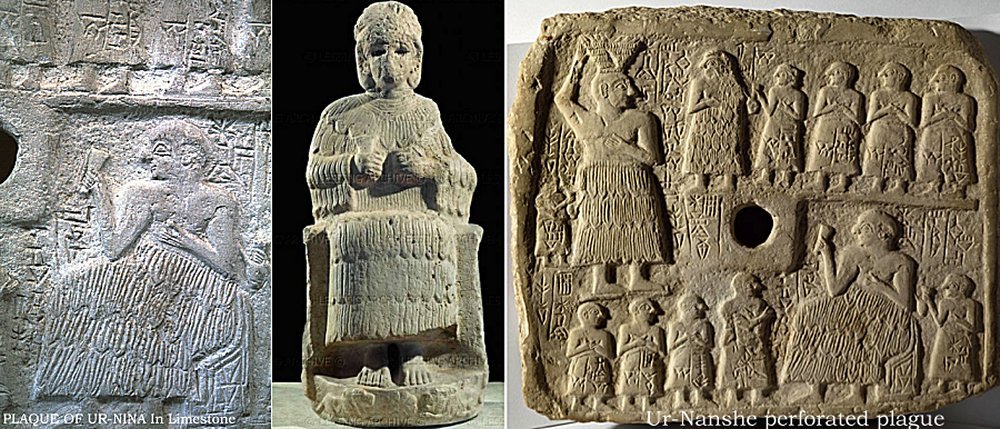Votive Plaque Dedicated To Dudu High Priest Of God Ningirsu
A.Sutherland - AncientPages.com - Votive plaques were characteristic and widespread pieces of art in the Second and Third Early Dynastic Periods (2800-2340 BC) of Sumer.
With round perforations in the center, they were decorated with diverse incised or carved scenes.
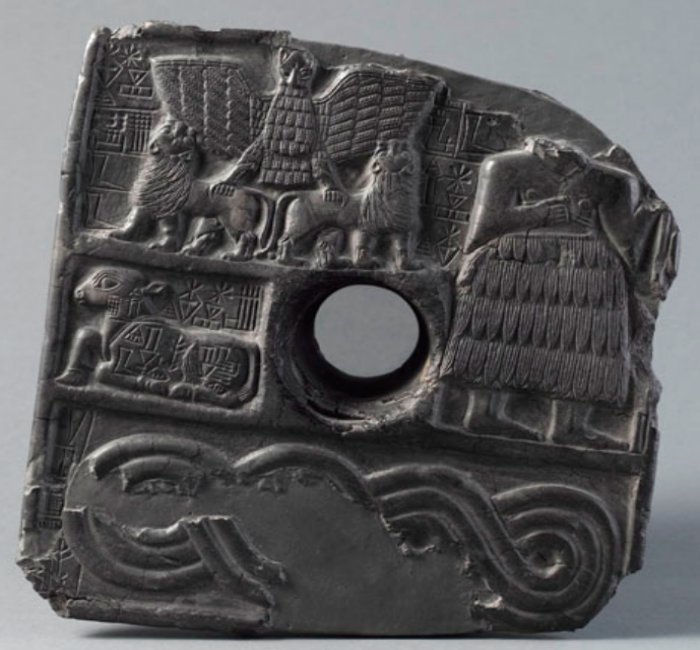
Perforated plaque of Dudu, the high priest of Ningirsu in the reign of Entemena, prince of Lagash (c.2450 BC). Credits: Louvre
This relief, with its central round perforation, is divided into four, horizontal parts (registers) and according to a Sumerian inscription, it depicts Dudu, the high priest of the god Ningirsu during the reign of Entemena - the king of Lagash, who reigned about 2418-2391 BC
Dudu’s figure occupies the height of two registers on the plaque and faces right; the figure is dressed in the kaunakes, (originally traced to the Sumerian civilization, which existed even before 4,000 BC), a skirt in sheep's wool or other tufted material.
Incised to his left is the lion-headed eagle, called Imdugud, a symbol of the god Ningirsu and emblem of Lagash, as found in other similar plaques from Telloh (Tello). The eagle is depicted with wings outspread, two lions gripped in his talons. In the middle, a calf is shown lying down, while the lower register is filled by a motif of running water, probably symbolizing the subterranean water reserves for crops or source of fertility.
The dedicatory inscription, confined to the area left free by the image in the upper part, runs over the body of the calf: "For Ningirsu of the Eninnu, Dudu, priest of Ningirsu ... brought [this material] and fashioned it as a mace stand."
See also:
Millennia-Old Sumerian Tripod Vase Dedicated To God Ningirsu, The Son Of Enlil
Ur-Nammu - Popular And Accomplished Ruler Of Sumer
Codes Of Ur Nammu: World’s Oldest Known Law Code
King Ur-Nammu – King Of Ur, King Of Sumer And Akkad – The One Who Built The Temple Of Enlil
Made of gypsum or limestone, the Sumerian perforated plaques are decorated with scenes from Sumerian life and have been excavated at many sites in Mesopotamia. About 120 of them are known to exist now and about fifty plaques were found in religious buildings.
They are usually rectangular in form and decorated with scenes incised or carved in relief.
The exact function of this kind of plaques is unknown, and so is the purpose of the central perforation. The inscription here at first led scholars to consider them as mace stands, but it seems unlikely.
Some have suggested they were to be hung on a wall, the hole in the center taking a large nail or peg, they could even part of a door-closing mechanism.
Perforated plaques such as this one were usually organized in horizontal registers, depicting various ceremonies, banquets, the construction of buildings (as in the perforated plaque of Ur-Nanshe), and other royal events.
Written by – A. Sutherland - AncientPages.com Senior Staff Writer
Copyright © AncientPages.com All rights reserved. This material may not be published, broadcast, rewritten or redistributed in whole or part without the express written permission of AncientPages.com
Expand for referencesReferences:
- Dickin, Pagan Trinity
More From Ancient Pages
-
 ‘Flower Burial’ And Shanidar Cave With Neanderthal Remains Who Lived 70,000 Years Ago
Archaeology | Feb 19, 2020
‘Flower Burial’ And Shanidar Cave With Neanderthal Remains Who Lived 70,000 Years Ago
Archaeology | Feb 19, 2020 -
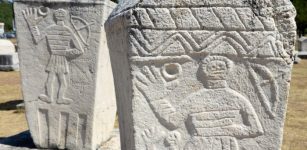 Enigmatic ‘Stone Sleepers’ – Megalithic Tombstones ‘Stecci’ In The Western Balkans
Civilizations | Dec 3, 2018
Enigmatic ‘Stone Sleepers’ – Megalithic Tombstones ‘Stecci’ In The Western Balkans
Civilizations | Dec 3, 2018 -
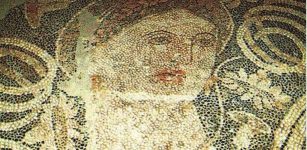 Wax Tablets Reveal Ancient Secrets of The Illyrians
Artifacts | Sep 5, 2015
Wax Tablets Reveal Ancient Secrets of The Illyrians
Artifacts | Sep 5, 2015 -
 Young Girl Finds Rare Ancient Megalodon Shark Tooth On Maryland Beach
Archaeology | Jan 16, 2023
Young Girl Finds Rare Ancient Megalodon Shark Tooth On Maryland Beach
Archaeology | Jan 16, 2023 -
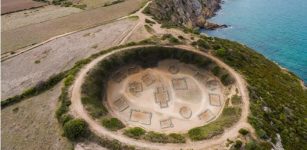 LIDAR Discovers Circular Iron Age Village At Cap d’Erquy, France
Archaeology | Apr 4, 2024
LIDAR Discovers Circular Iron Age Village At Cap d’Erquy, France
Archaeology | Apr 4, 2024 -
 Ancient Secrets Of The Nine Unknown Men: Guardians Of Forbidden Knowledge Hidden From Humanity
Ancient Mysteries | Aug 28, 2014
Ancient Secrets Of The Nine Unknown Men: Guardians Of Forbidden Knowledge Hidden From Humanity
Ancient Mysteries | Aug 28, 2014 -
 Evidence People Lived In Australian Desert 50,000 Years Earlier Than Previously Thought
Archaeology | Sep 22, 2018
Evidence People Lived In Australian Desert 50,000 Years Earlier Than Previously Thought
Archaeology | Sep 22, 2018 -
 16 Dead Sea Scrolls Fragments Are Forgeries – U.S. Bible Museum Says
Artifacts | Mar 15, 2020
16 Dead Sea Scrolls Fragments Are Forgeries – U.S. Bible Museum Says
Artifacts | Mar 15, 2020 -
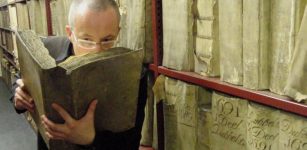 Odeuropa – Unusual Project Will Recreate The Smells Of Old Europe And Store The Scents In A Library
News | Nov 17, 2020
Odeuropa – Unusual Project Will Recreate The Smells Of Old Europe And Store The Scents In A Library
News | Nov 17, 2020 -
 Mesolithic Stone Mace Head Found Near Buckingham, UK
Archaeology | Apr 7, 2023
Mesolithic Stone Mace Head Found Near Buckingham, UK
Archaeology | Apr 7, 2023 -
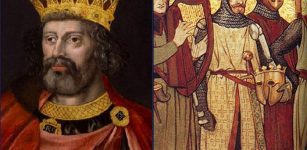 On This Day In History: Treaty of York Was Signed – On Sep 25, 1237
News | Sep 25, 2016
On This Day In History: Treaty of York Was Signed – On Sep 25, 1237
News | Sep 25, 2016 -
 The Sistine Chapel Cypher – Secret Messages In The Art Of Michelangelo
Ancient Mysteries | Mar 3, 2018
The Sistine Chapel Cypher – Secret Messages In The Art Of Michelangelo
Ancient Mysteries | Mar 3, 2018 -
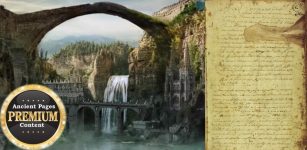 Mysterious Manuscript 512 Reveals Lost Ancient City Hidden In The Amazon Jungle
Ancient Mysteries | Jan 28, 2018
Mysterious Manuscript 512 Reveals Lost Ancient City Hidden In The Amazon Jungle
Ancient Mysteries | Jan 28, 2018 -
 Enigmatic Denisovans Interbred With Modern Humans More Than Once
Archaeology | Mar 22, 2018
Enigmatic Denisovans Interbred With Modern Humans More Than Once
Archaeology | Mar 22, 2018 -
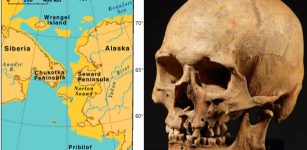 Ancient DNA Reveals Migration From North America Across The Bering Sea And Unknown Prehistoric People In Siberia
Archaeology | Jan 12, 2023
Ancient DNA Reveals Migration From North America Across The Bering Sea And Unknown Prehistoric People In Siberia
Archaeology | Jan 12, 2023 -
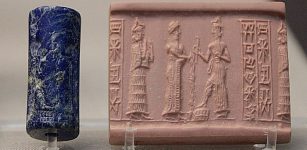 Shamash: Mesopotamian God Of Sun, Truth, Justice And Healing
Featured Stories | Jan 11, 2016
Shamash: Mesopotamian God Of Sun, Truth, Justice And Healing
Featured Stories | Jan 11, 2016 -
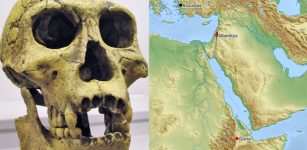 1.5-Million-Year-Old Hominin Fossil Reveals Missing Link In Human Evolution
Archaeology | Mar 16, 2022
1.5-Million-Year-Old Hominin Fossil Reveals Missing Link In Human Evolution
Archaeology | Mar 16, 2022 -
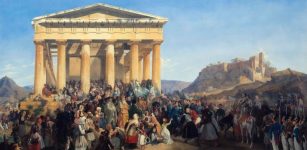 On This Day In History: Independence Of Greece Is Recognized By The Treaty Of London – On May 7, 1832
News | May 7, 2016
On This Day In History: Independence Of Greece Is Recognized By The Treaty Of London – On May 7, 1832
News | May 7, 2016 -
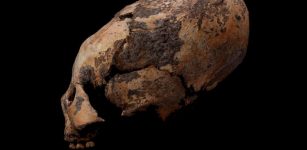 Elongated Skulls: Did Intentional And Intriguing Ancient Tradition Originate In China?
Archaeology | Jul 5, 2019
Elongated Skulls: Did Intentional And Intriguing Ancient Tradition Originate In China?
Archaeology | Jul 5, 2019 -
 Has The Viking Ship Burial Of King Bjørn Farmann Been Found At Jarlsberg Manor, Norway?
Archaeology | Jul 2, 2024
Has The Viking Ship Burial Of King Bjørn Farmann Been Found At Jarlsberg Manor, Norway?
Archaeology | Jul 2, 2024

